The Anastasie Fătu Botanical Garden (Grădina Botanică Anastasie Fătu) in Iași is the oldest and largest in the country. It was founded in 1856 at the initiative of physician and naturalist Anastasie Fătu, graduate of The University of Vienna Faculty (School) of Law and of The Paris Faculty of Medicine. The Botanical Garden that now carries his name is maintained by the Alexandru Ioan Cuza University in Iași. It now occupies 100 hectares (250 acres).
Over 6,000 species of plants are on display in the gardens, both outdoors and in glasshouses. It’s a place that has something to offer all throughout the year. When I visited a few days ago (May 2013), the tulips and daffodils were gone, but the many lilac shrubs were in bloom, and so were the chestnut trees lining up the first segment of the main alley.


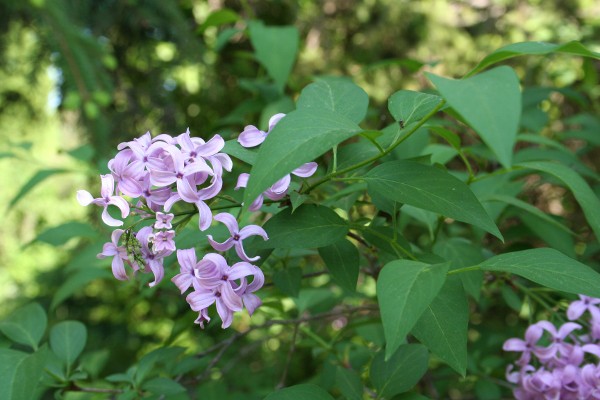
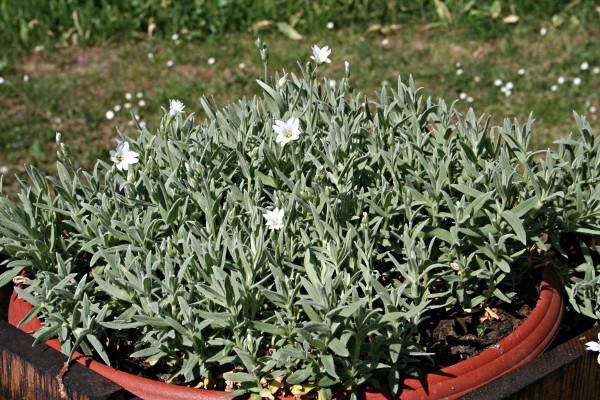
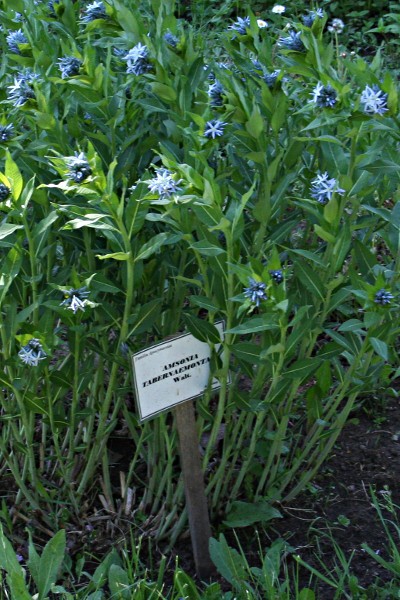
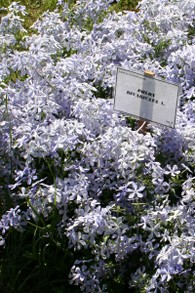
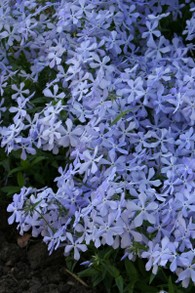
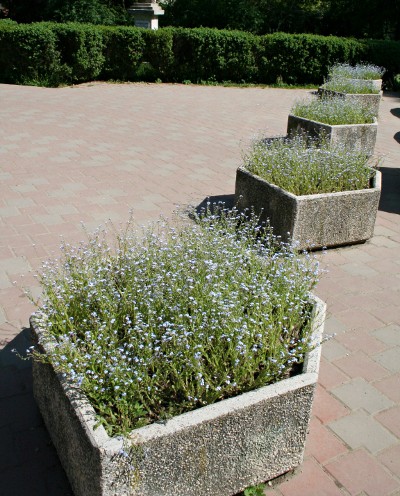
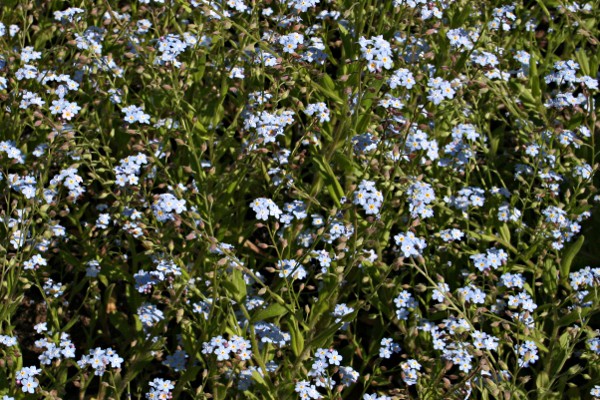
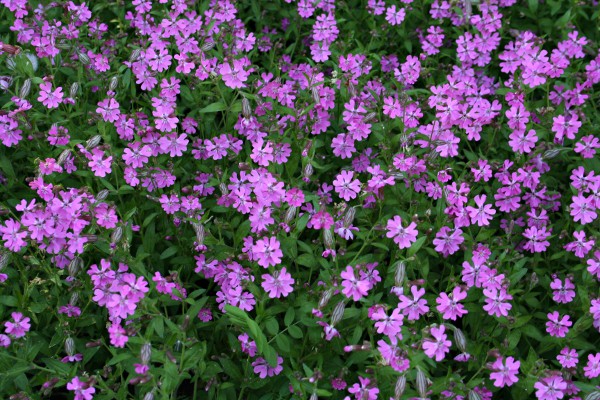
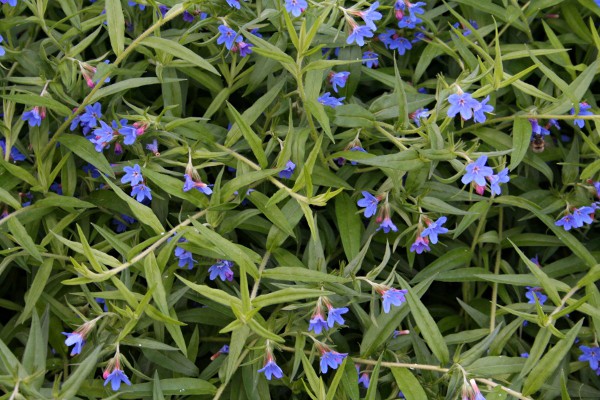
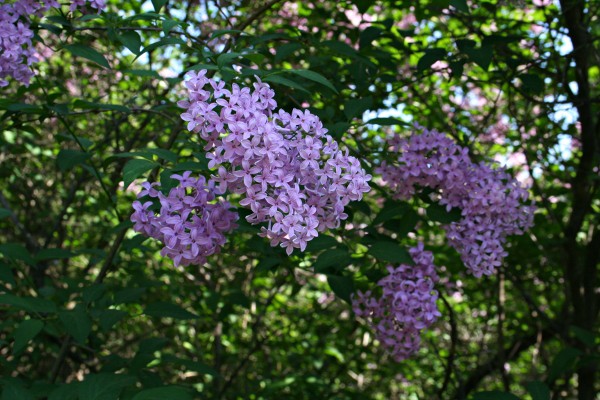
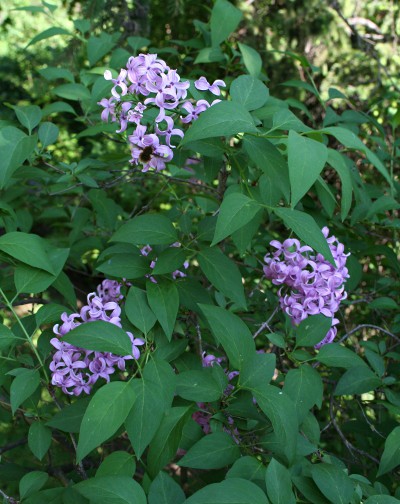


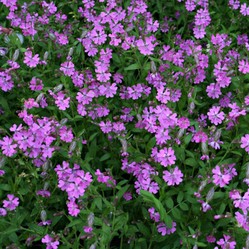

 Funny T-Shirts and Mugs for the First Year of the Covid Eraon 10/15/2020
Funny T-Shirts and Mugs for the First Year of the Covid Eraon 10/15/2020
 Cool Gadgets for Geeks and Travelers Part 3, Great Gifts This Christmason 05/06/2019
Cool Gadgets for Geeks and Travelers Part 3, Great Gifts This Christmason 05/06/2019
 25 Creative Get Well Gift Ideas for Coworkerson 03/08/2019
25 Creative Get Well Gift Ideas for Coworkerson 03/08/2019
 Perfect the Moment. Seize the Day and Perfect Iton 12/12/2018
Perfect the Moment. Seize the Day and Perfect Iton 12/12/2018

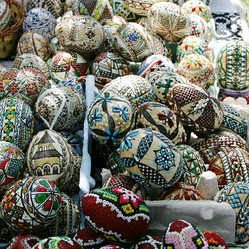

Comments
Thank you for your visit, Derdriu! I love chestnut trees, too. And I think wildflowers are some of the most amazing simple pleasures, just as they must have been for others centuries ago. I didn't understand when I was younger why writers of the 19th century and earlier spent so much time mentioning and describing every single flower they could think of. Now I do. We have lost their familiarity with nature (well, some of us) but now prize nature for how precious it has become, the refuge and unadulterated beauty it offers, and so on.
Glad you came back to Wizzley!
Mira, I love that the entrance to Iasi's Botanical Garden includes chestnut trees. There is a Chinese chestnut outside the living room window so I can see and hear the chestnuts when they fall. They have been falling all last month, and there's still more to go. Also I enjoy all the information on wildflowers. It always is such a treat to see the blue flowered plants featured. Blue phlox, blue star, and gromwell are among my favorites. Also I appreciate the picture taking tips at the end. Thank you for beautifying Cyberland.
They do. I also love their colors and the way they grow :)
We have lilacs in North America too. They smell wonderful.
Thank you, Belinda! As we drove through the city of Iasi there were many gardens with lilacs. The whole city is beautiful.
I look forward to May each year, just for that wonderful aroma of lilacs in the air. Your photos are gorgeous! Thanks for showing us this beautiful garden.
I never thought much about it, but you're right, many say flowers, especially blue ones, relax people. It might be the colors, it might be the smells -- or both. There used to be a whole lavender field in the middle of one park here in Bucharest many years ago. Talk about a calming effect! :)
Flowers and gardens in general, have such a calming effect. And to think that I'm just looking at your pictures. Perhaps I should go for a walk now :)
Thank you, Kathleen, for your words. I'm glad you liked my tiny wildflowers :). I don't know much about flowers and plants but I plan to learn. I've been around them all my life but never grew them myself. Well, except for a Kalanchoe flower (wow, I'm really amazed now how much all these flowers I like have in common) I tended for a couple of years and several beanstalk plants I grew on my balcony last summer :). I loved the beanstalks :). It was my dream to see them grow. I photographed them daily, up to three times a day :)
Beautiful photos and altogether a lovely article. I love lilacs!! Thanks for another article about the small details of life which are so lovingly observed.